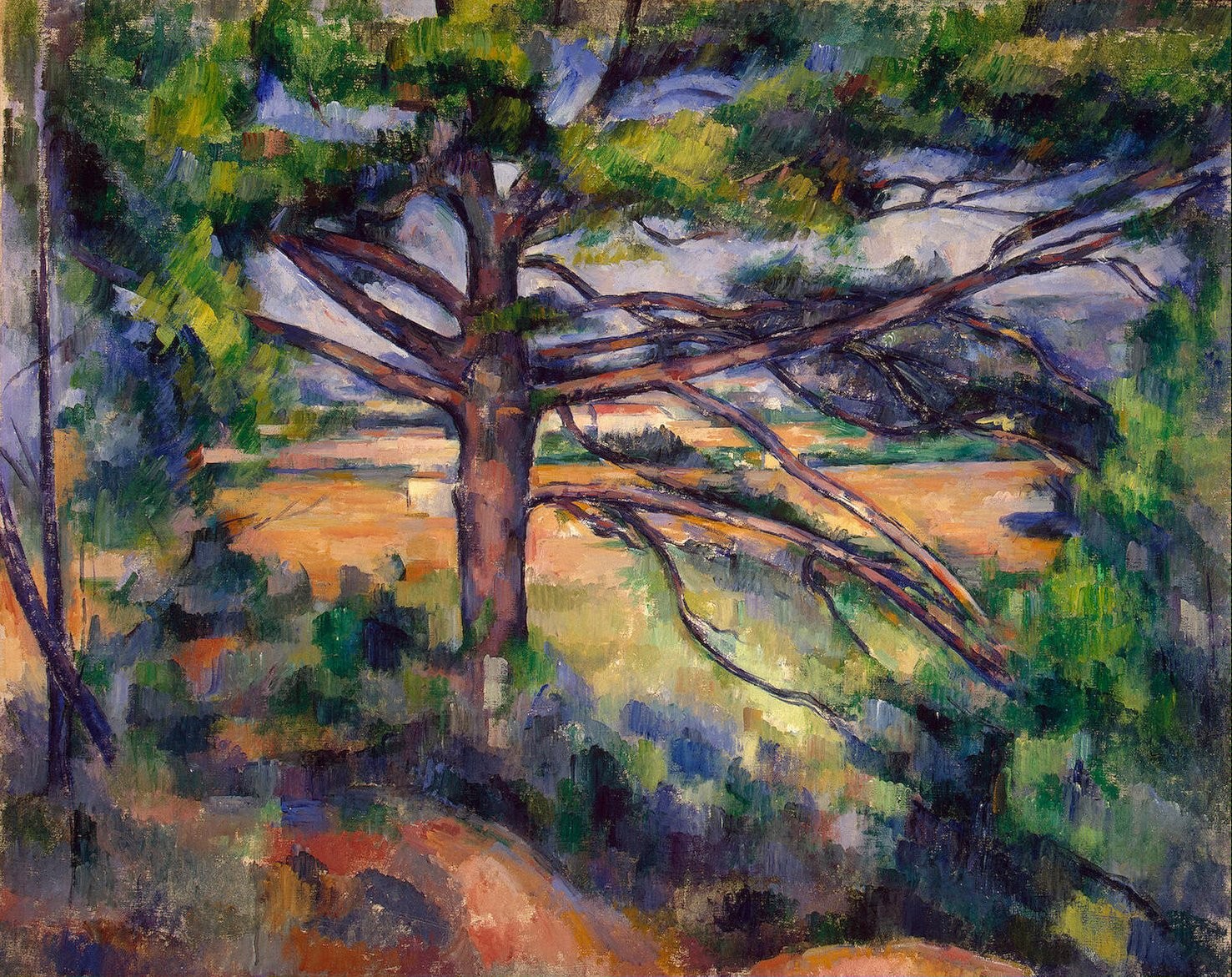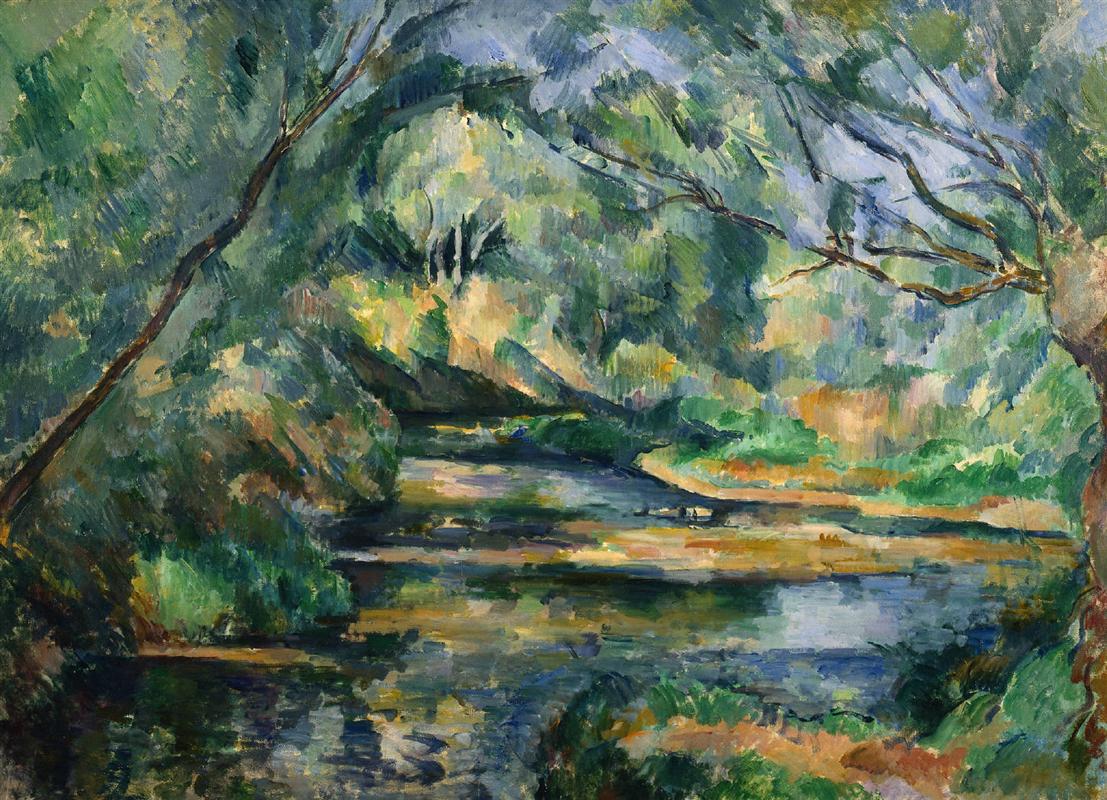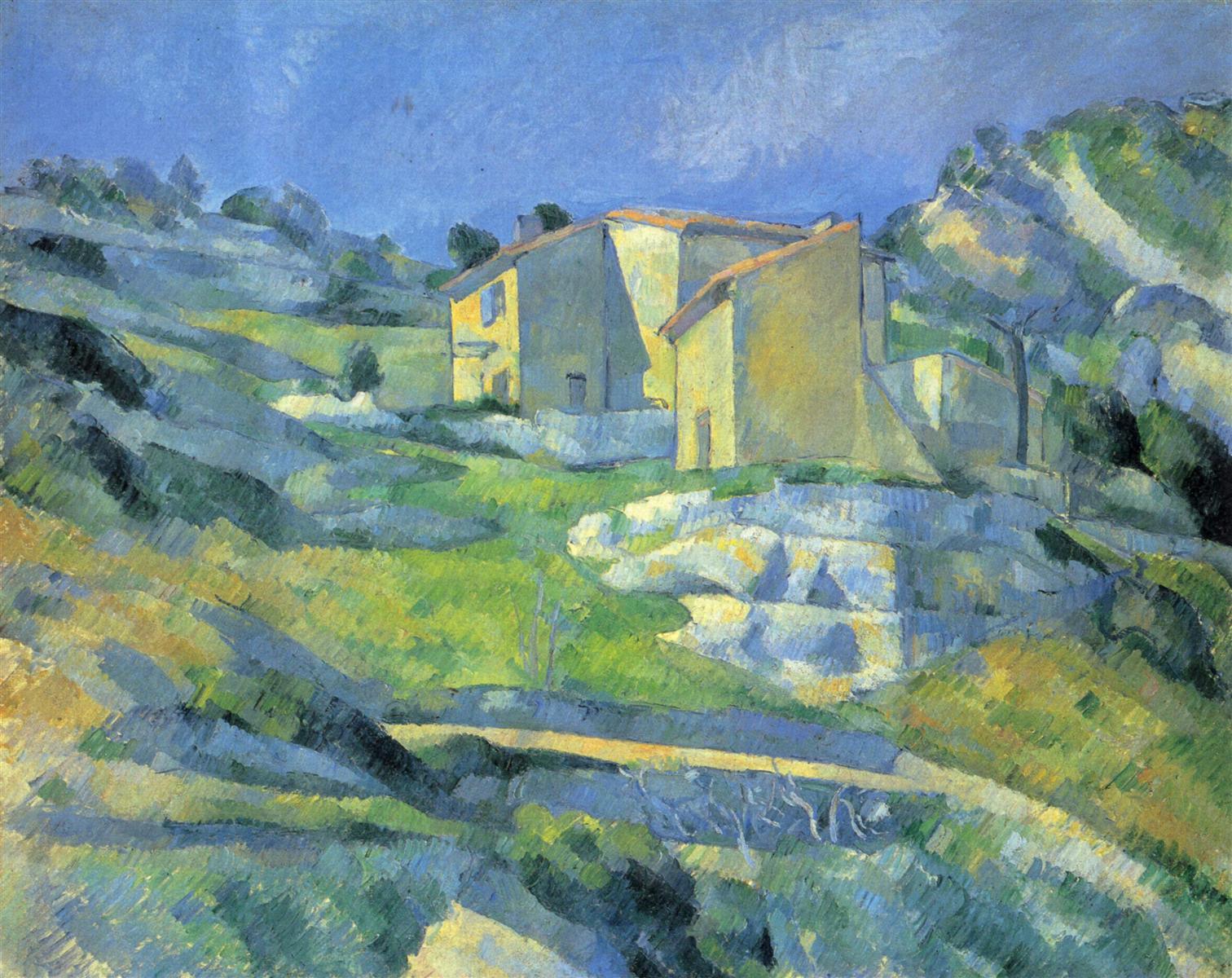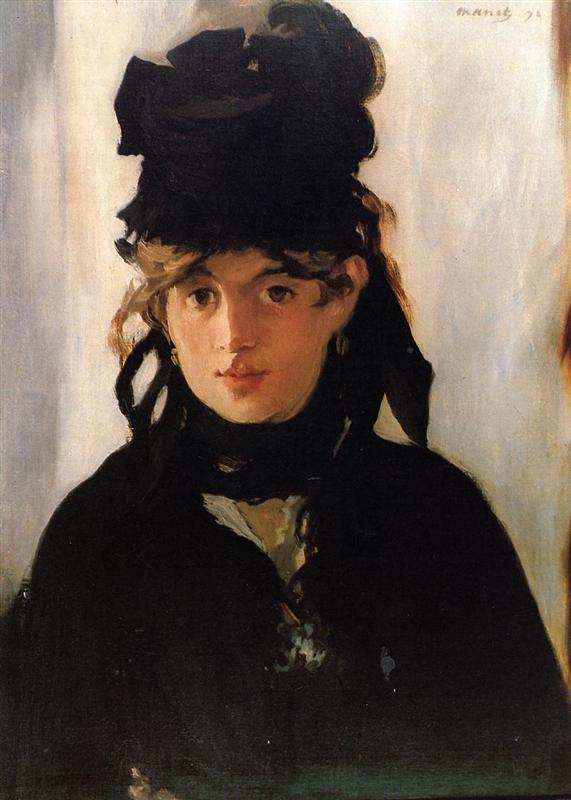…how deeply we are placed on the ground of all transformation, we most changeable ones who walk about with the urge to comprehend everything and (because we’re unable to grasp it) reduce immensity to the action of our heart, for fear that it might destroy us.
Rainer Maria Rilke to Clara Rilke
OCTOBER 13, 1907 (Part 1)
Early this morning I read about your autumn, and all the colors you brought into your letter were changed back in my feelings and filled my mind to the brim with strength and radiance.
Yesterday, while I was admiring the dissolving brightness of autumn here, you were walking through that other autumn back home, which is painted on red wood, as this one’s painted on silk.
And the one reaches us as much as the other; that’s how deeply we are placed on the ground of all transformation, we most changeable ones who walk about with the urge to comprehend everything and (because we’re unable to grasp it) reduce immensity to the action of our heart, for fear that it might destroy us.

If I were to come and visit you two, I would surely also see the pageant of moor and heath, the hovering bright green of the meadows, the birches, with new and different eyes.
Though this transformation is something I’ve completely experienced and shared before, in part of the Book of Hours, nature was then still a general inducement for me, an evocation, an instrument in whose strings my hands found themselves again.

I was not yet sitting before her; I allowed myself to be swept away by the soul that emanated from her; she came over me with her vastness, her grand exaggerated presence, the way prophesy came over Saul; exactly like that.
I walked about and saw, saw not nature but the visions she gave me. How little I would have been able to learn from Cézanne, from van Gogh, then. I can tell how much I’ve changed by the way Cézanne challenges me now.
Rainer Maria Rilke to Clara Rilke
COLORS AND WORDS. REALITY
Rilke mentions his book of poems, The Book of Hours: Love poems to God, as a premonition of the transformation he is experiencing in 1907.
Here is a poem from this collection which, I think, gives us a glimpse of what he means (translation by Babette Deutsch, from 2009 edition):
Although, as from a prison walled with hate,
each from his own self labors to be free,
the world yet holds a wonder, and how great!
ALL LIFE IS LIVED: now this comes home to me.
But who, then, lives it? Things that patiently
stand there, like some unfingered melody
that sleeps within a harp as day is going?
Is it the winds, across the waters blowing,
is it the branches, beckoning each to each,
is it the flowers, weaving fragrances,
the aging alleys that reach out endlessly?
Is it the warm beasts, moving to and fro,
is it the birds, strange as they sail from view?
This life — who really lives it? God, do you?
SEEING: we most changeable ones
The rhythms of nature are so varied: some things exist on a time scale for grander than our own, others arise and disappear before our eyes, like waves, or in the course of a single day or season, like flowers.
So what does he mean when he says: “we most changeable ones”?
As we go through life, it is so easy to get caught in the illusion of our own sameness. Our environment changes, but the self seems to be constant.
But when one truly sees, sitting before Nature (like a dog), having let go of this urge to comprehend everything, then all that remains of the self is the fluid, constantly changing vantage point.


